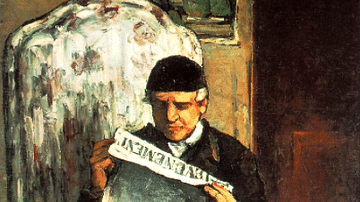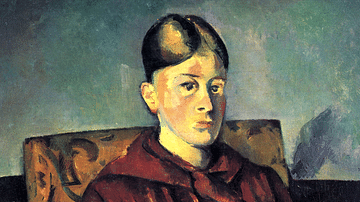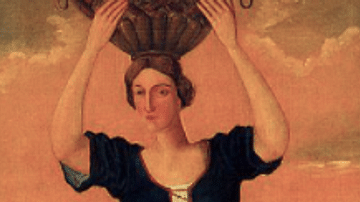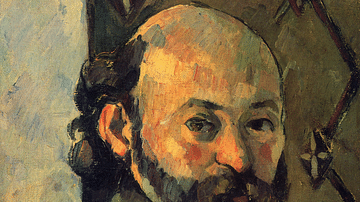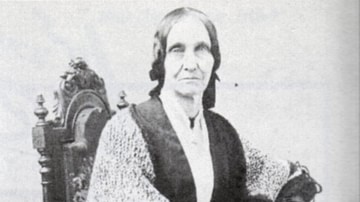Illustration
A 1903-4 painting in oils, Château Noir, by Paul Cézanne (1839-1906), the French post-impressionist artist. The Cháteau Noir was a collection of faux ruins near Aix in southern France and they tempted the artist into painting them several times, all in a brooding atmosphere of dark greens and blues. Typical of his later work, the paint is here applied in thick, broad strokes that often take a geometrical form. Another feature of the artist's later style is the tendency to leave the edges of the scene unpainted. (Metropolitan Museum of Art, New York)
Cite This Work
APA Style
Art, M. M. o. (2022, March 09). Château Noir by Cézanne. World History Encyclopedia. Retrieved from https://www.worldhistory.org/image/15370/chateau-noir-by-cezanne/
Chicago Style
Art, Metropolitan Museum of. "Château Noir by Cézanne." World History Encyclopedia. Last modified March 09, 2022. https://www.worldhistory.org/image/15370/chateau-noir-by-cezanne/.
MLA Style
Art, Metropolitan Museum of. "Château Noir by Cézanne." World History Encyclopedia. World History Encyclopedia, 09 Mar 2022, https://www.worldhistory.org/image/15370/chateau-noir-by-cezanne/. Web. 26 Apr 2025.

